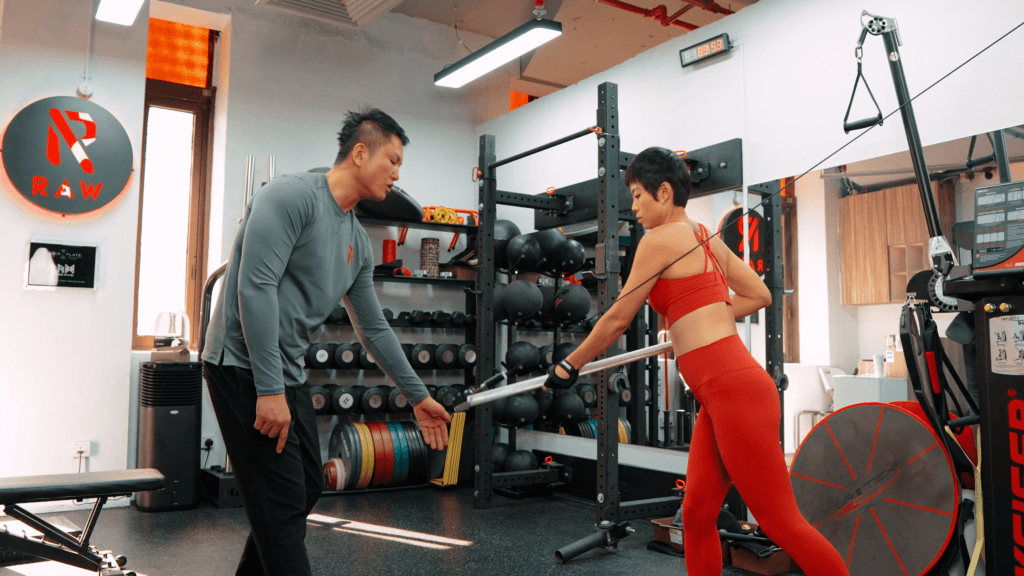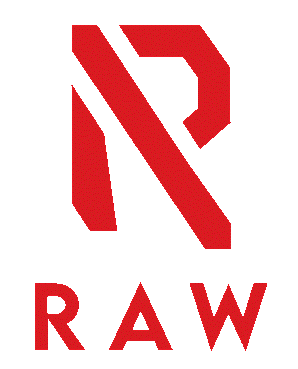Introduction
When it comes to strength training, there are two main approaches: functional strength training and traditional strength training. Understanding the differences between these two training methods requires a deeper look into biomechanics, planes of motion, and how the body functions under resistance.
In this article, we will break down the key concepts behind functional and traditional strength training, the role of movement planes, the influence of gravity, and how various training philosophies apply to different individuals.
Understanding the Three Planes of Motion
Before we delve into the differences between functional and traditional training, we must first understand how human movement is categorized. In biomechanics, movement occurs in three primary planes of motion:
- Sagittal Plane – Movement that occurs forward and backward (e.g., squats, lunges, running).
- Frontal Plane – Side-to-side movement (e.g., lateral lunges, side shuffles, jumping jacks).
- Transverse Plane – Rotational movement (e.g., twisting, swinging, throwing).
Most traditional strength training exercises, such as bench presses and squats, emphasize movement primarily in the sagittal plane. However, real-life movement patterns are often more complex, involving all three planes simultaneously.
The Reality of Human Movement: The Role of the Transverse Plane
In academia, movement analysis often suggests that exercises like squats or split squats occur predominantly in the sagittal plane. While this classification is useful for teaching purposes, real-world movement is far more dynamic.
In reality, most human movements involve significant transverse plane activation due to the way our bodies are structured. Our joints, such as the hip and shoulder, function as ball-and-socket articulations, designed to move in multiple directions simultaneously.

The Role of Gravity and the Spiral Force Concept
A common misconception is that gravity acts strictly downward on the body. In truth, gravity exerts a spiraling force, pulling us in subtle rotational patterns that influence our movement mechanics.
To counteract this, the body naturally engages in counter-spiral movements, stabilizing itself against these forces to maintain balance, posture, and efficiency in movement. Functional strength training incorporates these multi-plane, rotational movements, whereas traditional training often isolates muscles in a linear fashion.
Traditional Strength Training: The Classic Approach
Traditional strength training focuses on building muscle mass and maximal strength through structured, often isolated movements. It follows a systematic approach that emphasizes progressive overload using free weights, machines, and resistance bands.
Characteristics of Traditional Strength Training:
- Focus on Muscle Groups: Exercises are typically isolated to target specific muscles (e.g., biceps curls, triceps extensions, leg presses).
- Linear Movements: Movements primarily occur in the sagittal plane (e.g., squats, deadlifts, bench presses).
- Progressive Overload: Strength is developed through gradually increasing resistance over time.
- Less Emphasis on Stability: Machines and controlled movements reduce the need for stabilizing muscles.
- Goal-Oriented Training: Designed to increase maximal strength, hypertrophy (muscle growth), or endurance.
While traditional strength training is effective for building raw strength and muscle size, it may not always translate well to real-world movements that require coordination, stability, and adaptability.
Functional Strength Training: A Holistic Perspective
Functional strength training prioritizes movements that mimic real-life activities, improving coordination, balance, and efficiency in everyday tasks and sports.
Characteristics of Functional Strength Training:
- Multi-Planar Movements: Exercises incorporate sagittal, frontal, and transverse planes (e.g., rotational lunges, kettlebell swings, medicine ball throws).
- Core and Stability Engagement: Functional training enhances proprioception and neuromuscular control.
- Dynamic Movements: Incorporates agility, flexibility, and coordination into strength routines.
- Full-Body Integration: Exercises involve multiple muscle groups working together.
- Application to Real Life and Sports: Designed to improve movement patterns used in daily life and athletic performance.
Examples of functional exercises include TRX rows, battle ropes, sled pushes, and single-leg movements, all of which challenge multiple muscle groups simultaneously.

The Science Behind Movement: Myofascial Connections
One fundamental difference between traditional and functional training lies in how the muscle system is viewed:
- Traditional Strength Training Perspective – Focuses on individual muscles and their origin/insertion points, emphasizing contraction and relaxation.
- Myofascial System Perspective – Recognizes that muscles work in connected chains (e.g., the myofascial slings), emphasizing full-body connectivity rather than isolated contractions.
For instance, in functional training, we acknowledge that movements like sprinting or throwing engage not just the primary muscles (quads, shoulders, arms) but also the entire kinetic chain, from the feet to the head.
Bridging the Gap: Combining Traditional and Functional Training
While both training methodologies have their merits, the best approach often lies in combining elements from both.
How to Integrate Both Training Styles:
- Start with Traditional Strength Training: Build a strong foundation with squats, deadlifts, presses, and pulls.
- Incorporate Functional Movements: Add exercises that challenge stability, coordination, and multiple planes of motion.
- Progress Gradually: Avoid jumping from basic to highly advanced movements too quickly.
- Customize Training for the Individual: Understand clients’ goals, movement abilities, and preferences.
By merging traditional and functional training, individuals can develop both strength and functional efficiency, leading to better overall performance.
The Importance of an Adaptive Learning Mindset
As trainers, athletes, and fitness enthusiasts, it is essential to keep an open mind when exploring different training methodologies.
Key Takeaways for Learning and Application:
- Learning is Non-Linear: Progress happens at different rates for different people.
- Challenge Existing Concepts: Don’t accept dogma—explore, experiment, and analyze results.
- Apply Knowledge Practically: Theory is important, but real-world application matters more.
- Evolve Your Training Philosophy: Adapt and refine your methods based on experience and research.
At RAW ACTIVE, we believe in fostering continuous growth and adaptation, ensuring that both trainers and clients achieve sustainable and effective fitness results.
Conclusion
Understanding the distinctions between functional strength training and traditional strength training allows us to create well-rounded, effective programs. While traditional training builds foundational strength, functional training ensures that strength is applicable to real-world scenarios.
By embracing a holistic training approach, acknowledging biomechanics, movement patterns, and individual variability, we can maximize performance, injury prevention, and long-term health.
Ready to Elevate Your Training?
At RAW ACTIVE, we integrate scientific principles with practical application, offering personalized coaching to help you unlock your full potential. Whether your goal is building strength, improving mobility, or enhancing sports performance, we’ve got you covered.
Join us and experience the future of fitness!
- Beyond the Comfort Zone: Embracing the Unknown in Fitness and Life - November 14, 2025
- Why Traditional Gyms Don’t Work (And What Does): The Anti-Gym Revolution - November 14, 2025
- The Art of Rest: Knowing When to Stop and Recover During Training - October 21, 2025

18 Responses